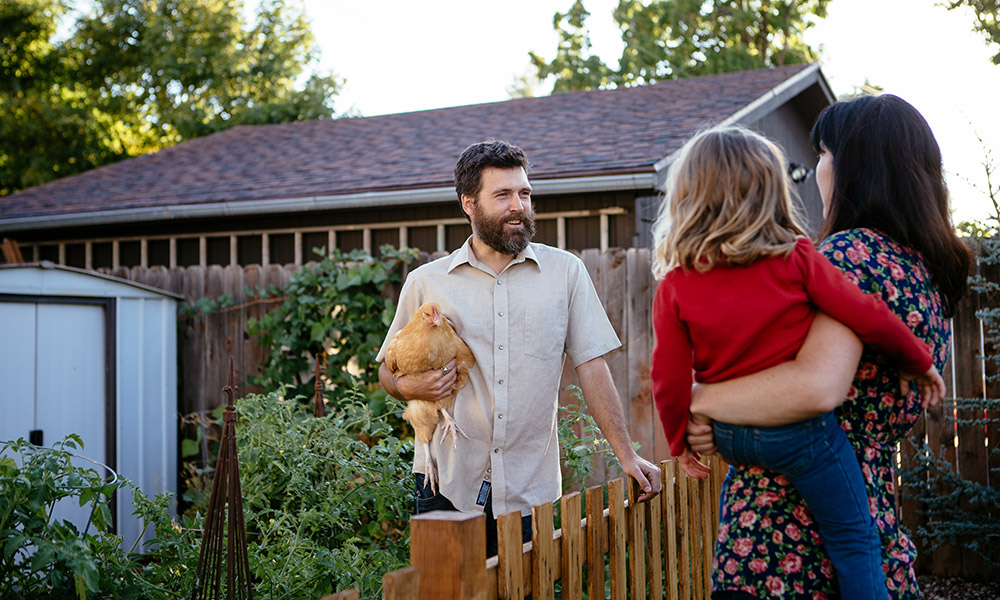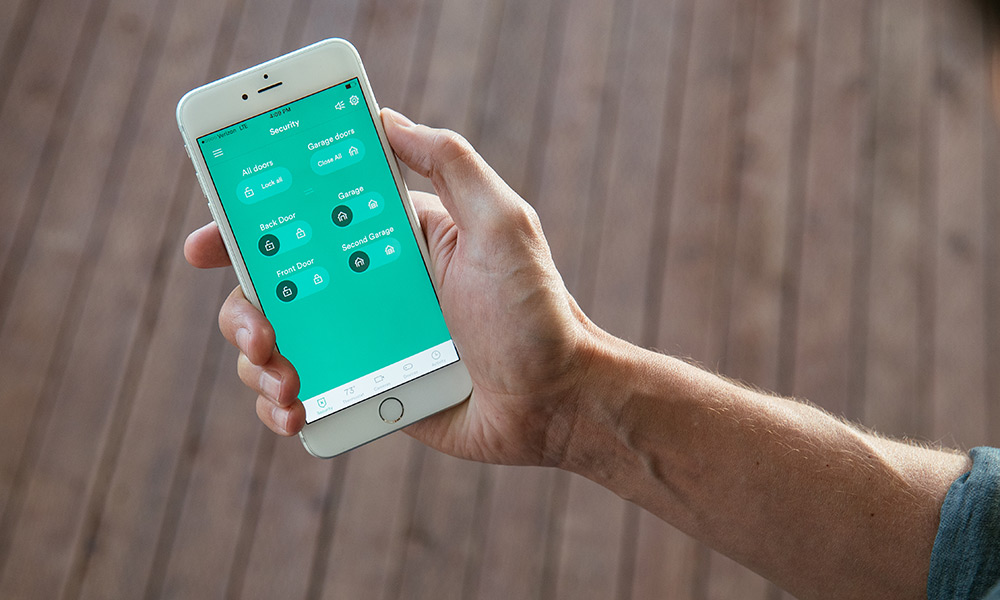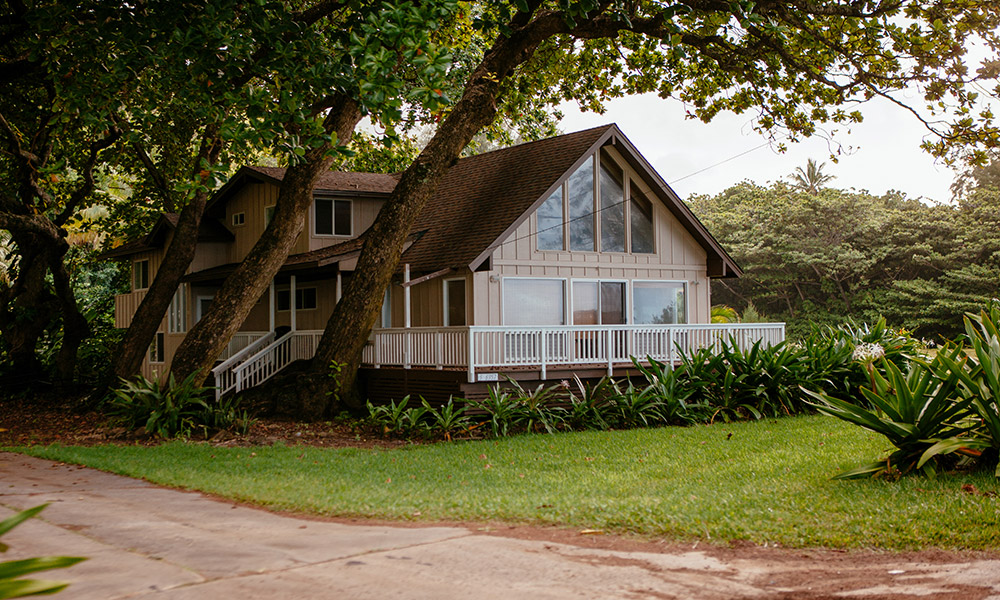
Living in the country is not for everyone. But for those who choose to give up the hustle and bustle of the city for windy roads and a little space between neighbors, they get a peaceful, serene escape in return. Sounds kind of dreamy.
Whether you live on one acre or 100, your country home has unique needs that a home in the suburbs or city might not have—whether it’s multiple buildings to maintain, livestock to keep an eye on, or a barn full of expensive tools and equipment.
With that in mind, a smart home can be a pretty smart move if you live in a rural setting.
Why would you need a smart home in the country, anyway?
Technology can make life safer and more convenient for people living off the beaten path, but in different ways than you might expect.
The challenges you deal with in the country might include:
- Distance from emergency services. Living away from the regular action of the city also means you’re farther away from emergency services, like ambulances or fire trucks.
- Higher utility bills. Rural households use about 10 percent more energy than urban households on average, which can result in higher utility bills each month.
- Predators. In the country, predators often come in the form of animals rather than people. If you own livestock, this can present a serious threat to your livelihood.
- Wide open spaces. It’s not always feasible to fence in your property when it’s in a rural location. These wide-open spaces can make you more vulnerable to trespassers.
- Lack of neighbors. In urban or suburban communities where your neighbors are a feet or yards away instead of a few miles, a sense of community helps deter prowlers or would-be burglars. Rural homes don’t have these extra eyes on their property to provide additional protection.
What can smart homes do for a rural home?
From security to convenience, there are plenty of ways home automation can make life safer and easier when you don’t have urban conveniences.
Control your home from anywhere with your phone
While country living might imply living off the grid or being years behind in technology, that’s not typically the case. In fact, 98% of the population has access to LTE coverage. This mobile accessibility allows for smart home functionality—even in a rural setting—keeping you connected to your home.
Being able to access your home wherever you go is one of the best things about a smart home. With the Vivint app, for instance, you’re always connected. You can view camera feeds, arm or disarm your security system, and lock or unlock your doors as long as you have a mobile data connection.

You can also create custom rules that send notifications directly to your phone. For example, let’s say you have an outdoor camera set up to monitor your chicken coop and want to make sure your chickens are safe from other animals or predators at night. You can set up rules that notify you whenever motion is detected on the camera, giving you time to address the situation.




